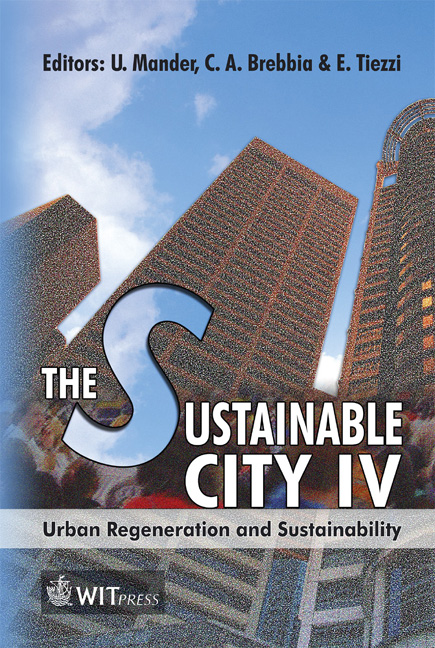Green-switch: Reducing The Conflict Between The Industrial And The Residential Interface
Price
Free (open access)
Transaction
Volume
93
Pages
5
Published
2006
Size
258 kb
Paper DOI
10.2495/SC060141
Copyright
WIT Press
Author(s)
A. Sharma
Abstract
The dilemma of the co-existence of humans and industry has been a constant topic of debate among the realms of landscape planning, many times without being clearly articulated as such. This paper examines the conflict through the study of the industrial–residential domain. Natural resources such as water and land are primary reasons of conflict. This paper explores the potential of landscape design to address this conflict. The proposed landscape design strategy green-switch combines the landscape planning concept of \“greenways” and the applied ecological engineering concept of \“constructed wetland” to address the conflict. Keywords: greenways, urban planning, industrial landscapes, industrial– residential conflict, land and water resource conservation. 1 Introduction The structure of the industrial domain has evolved over the years from a conglomeration of heavy manufacturing industrial estates to light manufacturing industrial parks and most recently to eco-industrial parks - the conglomeration of cleaner production industries engaging in matter and energy exchanges. The industrial domains comprising cleaner industries are increasingly being located within cities, inadvertently becoming a part of the larger geographical and ecological context. This has resulted in conflicting consumption of land and water resources. The planning authorities responsible for planning of these mixed-use zones try to be judicious in allocation of land and water resources to these zones. Mostly, people come to terms with sharing of resources with an industrial domain in view of the perks offered by industries such as employment,
Keywords
greenways, urban planning, industrial landscapes, industrial– residential conflict, land and water resource conservation.





